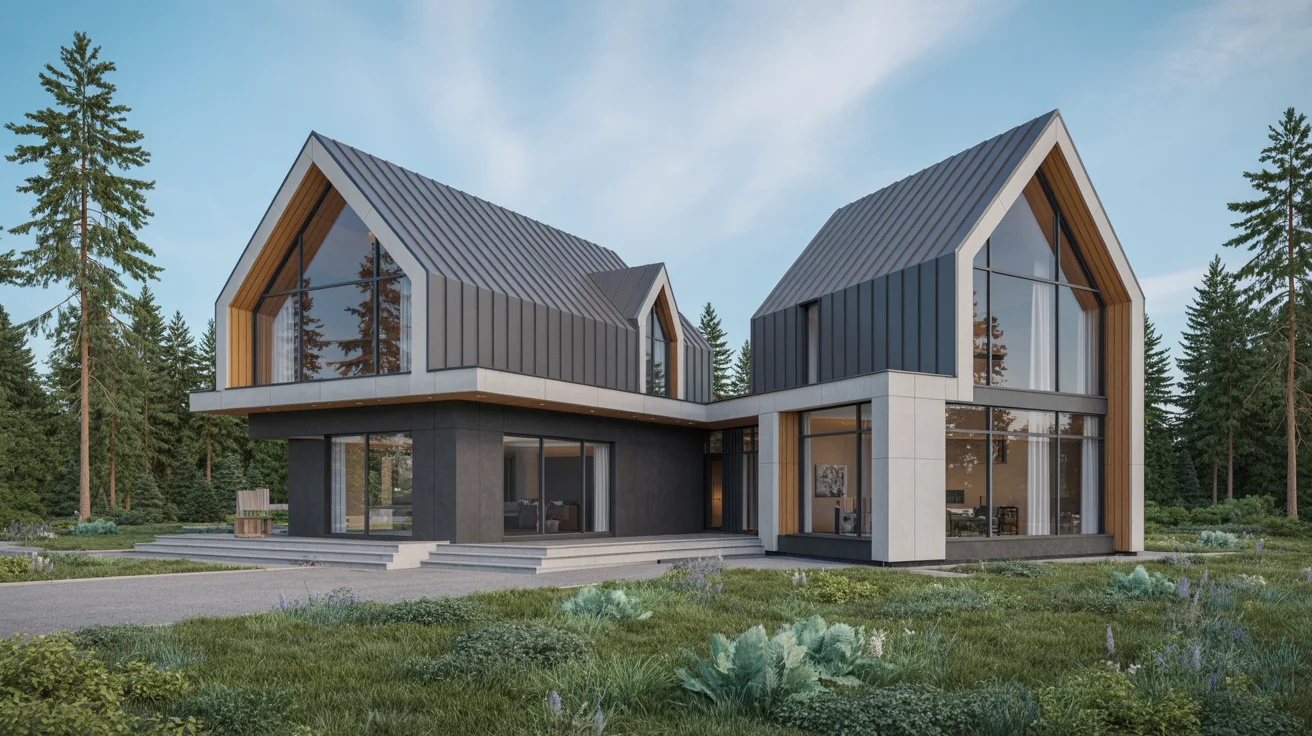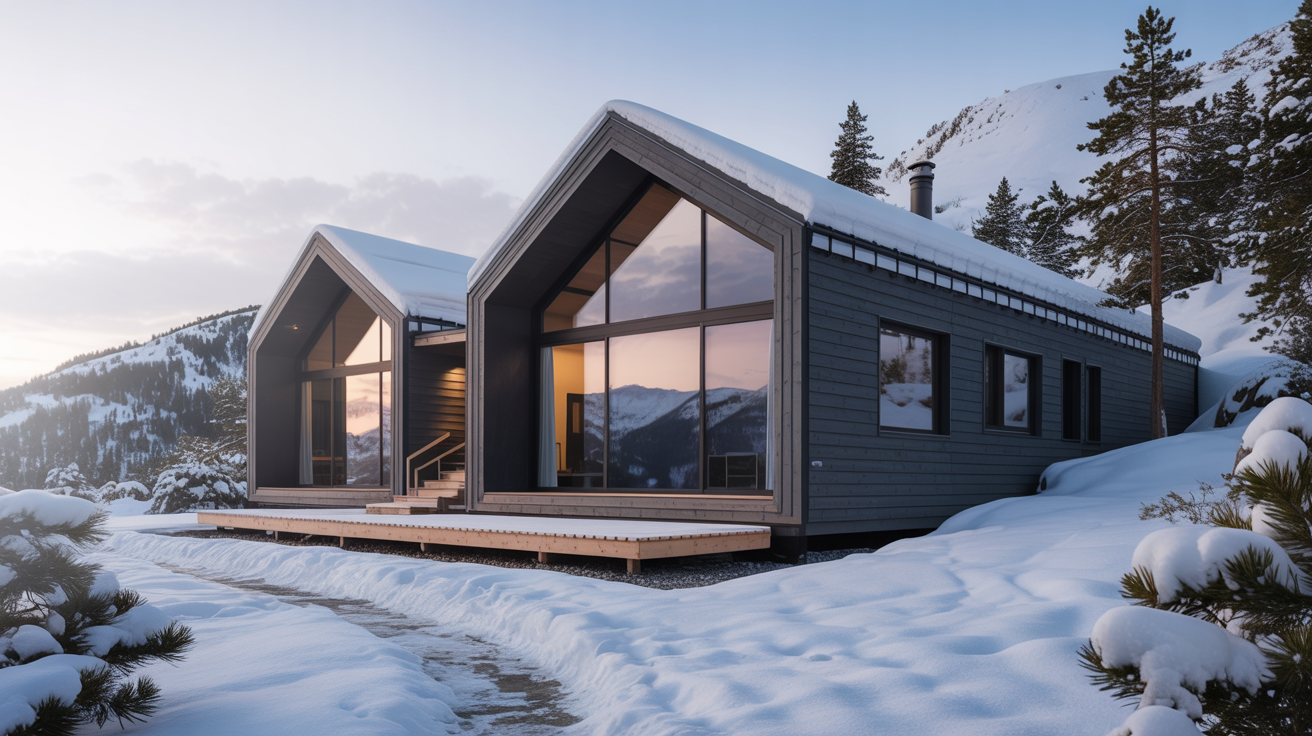
Net-Zero Prefab Homes: 2025 Outlook
Electrification is Non-Negotiable
Transitioning away from fossil fuels is now table stakes for municipalities issuing building permits. High-efficiency air-source heat pumps, induction cooking, and heat-pump water heaters maintain performance during Canadian cold snaps. Federal policies aim to double prefab housing starts to 500,000 units, emphasizing net-zero standards.
Load management software balances demand across the home, aligning heavy draws—vehicle charging, spa heating, laundry—with renewable energy generation. Projects like Landmark Homes in Edmonton demonstrate net-zero at $399,737, matching median prices without green premium.
Building Envelopes that Work 24/7
Air leakage rates below 0.6 ACH50 are achieved through taped sheathing, gasketed service penetrations, and precision window installs in factory settings. Exterior insulation, thermally broken clips, and fibreglass window frames keep heat where it belongs. Industry trends indicate prefab net-zero homes consume 63% less energy than typical passive houses.
Dynamic shading systems prevent summer overheating without sacrificing daylight. Incentives cover up to 25% of upgrades, shortening payback periods.
On-Site Power Generation and Storage
Solar-ready roof modules accept panels without structural reinforcement, with pre-installed conduit pathways for predictable electrician work. Lithium-iron-phosphate battery systems support 24 hours of critical loads for off-peak resilience. The Canada Green Buildings Strategy aims for 2.7 million net-zero homes by 2050, unlocking private investments.
Micro wind turbines or community energy sharing loops distribute surplus power to neighboring lots for full energy independence. Prefab manufacturers are scaling up, with improved quality and competitive pricing expected.
Data-Led Commissioning
Net-zero success happens when performance is verified, not just modelled. We deploy sensors that monitor temperature stratification, humidity, and VOC levels, feeding data into our commissioning portal. Deviations trigger alerts so adjustments can be made while occupants are still under warranty.
This feedback loop also informs our next generation of products—every data point helps fine-tune insulation, glazing, and mechanical strategies for similar climates.
Incentives and Market Advantage
Homebuyers are increasingly factoring operational costs into purchasing decisions. Net-zero certification often unlocks mortgage rate reductions and insurance discounts, giving developers marketable differentiators that extend beyond finishes.
With provincial and federal rebates covering up to 25 percent of eligible upgrades, the payback window for electrification has never been shorter.
Net-zero living is becoming the benchmark for premium communities. Industry pilots like CABN's net-zero affordable homes pave the way for sustainability and comfort in 2025.
Plan a Net-Zero CommunityRelated Articles
Back to all articles
Modern Metal Farmhouse Design Guide for 2025
How metal-clad farmhouses pair agritourism vibes with commercial-grade durability, plus the specs developers need to win rural approvals fast.

ADU Container Home Trends Developers Need in 2025
Stacked corten shells, rooftop lounges, and plug-and-play services are redefining container-based ADUs for backyard investors and municipalities alike.

Mountain Living: Designing Prefab Homes for Extreme Conditions
A deep dive into structural, mechanical, and lifestyle strategies that keep mountain residences comfortable and resilient year-round.